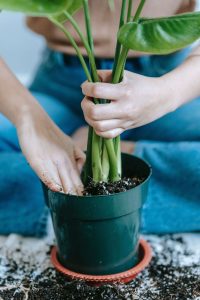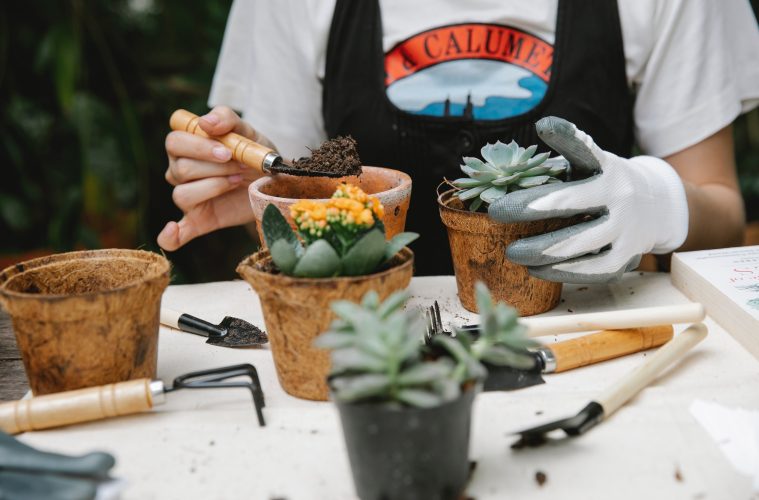Plants have the power to transform a house into a home, adding a touch of elegance and serenity to your living space. While many homeowners adore flowering plants, there’s something to be said about the timeless appeal of decorative foliage. These lush, green beauties are better-suited and more adaptable to indoor environments, requiring less maintenance and offering year-round charm.
Embrace the Green Aesthetic
The joy of plants lies in their extraordinary shades of green and graphic forms. Rather than focusing solely on flowers, explore the diversity of foliage plants. Play with various shapes, textures, colors, and patterns to create a striking effect within your home. Mix and match different types of foliage plants to create visually appealing arrangements that are not only aesthetically pleasing but also beneficial for indoor air quality.
Grouping for Impact
Just as you would curate a collection of figurines or art objects, you can create a captivating plant vignette. Group plants together on a tabletop, mantelpiece, or the top of a shelf. This not only elevates their presence in your home but also allows you to provide similar care for plants with similar needs, making your plant care routine more efficient.

Pexels
Research and Knowledge
All plants have general needs, but each species can have specific requirements for optimal growth and longevity. Before bringing a new plant home, it’s worth doing a bit of research or asking for advice at the nursery. Understanding a plant’s unique needs, such as lighting, humidity, and water requirements, can make a significant difference in its overall health and appearance.
The Power of Spritzing
Invest in a good spray bottle or two; they will become your best friends in keeping your indoor plants happy and hydrated. Many indoor plants, particularly those with higher humidity needs, benefit from regular misting. This simple practice can mimic their natural habitat and promote healthy growth.
Essential Growing Conditions
To ensure the well-being of your houseplants, consider several key factors:
Light: Different plants have varying light requirements. Place your plants in locations that match their specific needs, whether it’s bright indirect light, or low light.
Temperature: Maintain a consistent temperature range, avoiding extreme fluctuations. Most houseplants prefer room temperatures between 15-24.°
Humidity: Some plants, like tropical varieties, appreciate increased humidity levels. You can use a humidity tray or a humidifier to meet their needs.

Pexels
Watering: Overwatering or underwatering can be detrimental to your plants. Stick to a regular watering schedule, allowing the soil to dry slightly between waterings.
Seasonal Feeding: Plants typically require less fertiliser during the winter months when they’re not actively growing. Adjust your feeding regimen accordingly.
Potting and Repotting: Repot your plants when they outgrow their containers, and use well-draining soil to prevent waterlogged roots.
Reading the Leaves
Pay attention to your plant’s leaves as they can provide valuable insight into their health. Yellowing leaves may indicate overwatering, while brown, crispy leaves might signal the need for more water. Regularly inspecting your plants can help you address issues promptly and keep them thriving.
Outdoor Recovery Time
Don’t hesitate to give your potted plants a taste of outdoor living. If a plant is looking poorly, consider allowing it some time outdoors to recover. The change in environment can do wonders for ailing plants, but remember to acclimate them gradually to prevent shock.
Give your rare plants the best care with these easy-to-follow tips
A version of this article appeared in the Garden&Home January 2023 print issue.
Feature image: Pexels

